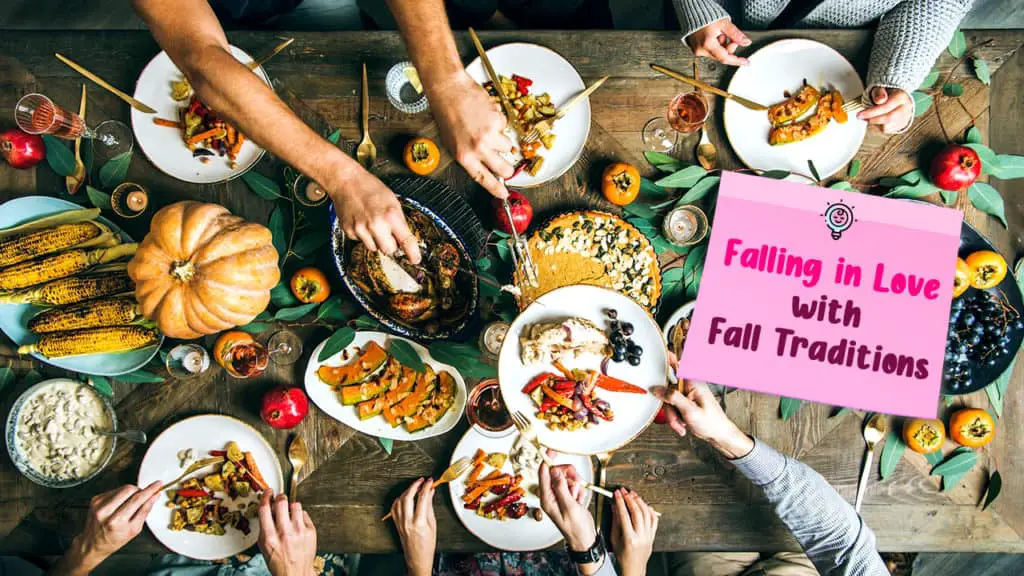As the leaves let go from the branches and the temperature gradually drops, people all over the world automatically receive the message the universe is sending: it’s fall. Fall usually lasts from September to December. During this season, individuals of different cultures follow various holiday traditions and celebrate unique festivals. Come! Let’s travel around the world and learn more about their fall traditions!
10 Traditions That Will Make You Fall in Love with Fall

1. Thanking the Ancestors on Chuseok in Korea
Also known as Korean Thanksgiving Day, Chuseok is a major harvest festival dedicated to thanking the ancestors for a bountiful harvest. For 2021, the holiday will be from the 20th to the 22nd of September. The actual date of the festival only lasts for one day. However, traditions dictate that the days before and after it will be holidays—making it a three-day holiday in North and South Korea.
Almost everyone is on the road en route to their respective hometowns for the holiday. While the traffic jam brings horror to the people, the time they spend with their loved ones will all be worth it. Part of the festivity is the ancestral ceremony referred to as charye, wherein families fill the table with special food as an offering to the ancestors. The food offered includes songpyeon or half-moon rice cakes, alcohol, newly harvested rice, and fruits. Apart from that, Koreans also honor the dead by visiting ancestral graves. Moreover, they hold various activities and folk games for entertainment, such as samulnori or traditional percussion quartet, talchum or mask dance, ganggangsullae or circle dance, and ssireum or Korean wrestling.
2. Sending Sparks to the Sky on Guy Fawkes Night in the United Kingdom
With the vision to end the persecution of the Roman Catholics by the English government, Robert Catesby led the Gunpowder Plot in 1605 to assassinate King James I, the queen, and their son. However, the plot failed. Thus, the annual celebration of Guy Fawkes Night—also known as Guy Fawkes Day, Bonfire Night, and Fireworks Night—on the 5th of November. During this day, people in the United Kingdom send sparks to the sky by lighting bonfires or setting off fireworks. One of their ceremonies also includes the burning of a Guy Fawkes’ or Guido Fawkes’ effigy. Such a bright and colorful night, isn’t it?
3. Drinking Beers and Donning Costumes at Oktoberfest in Germany
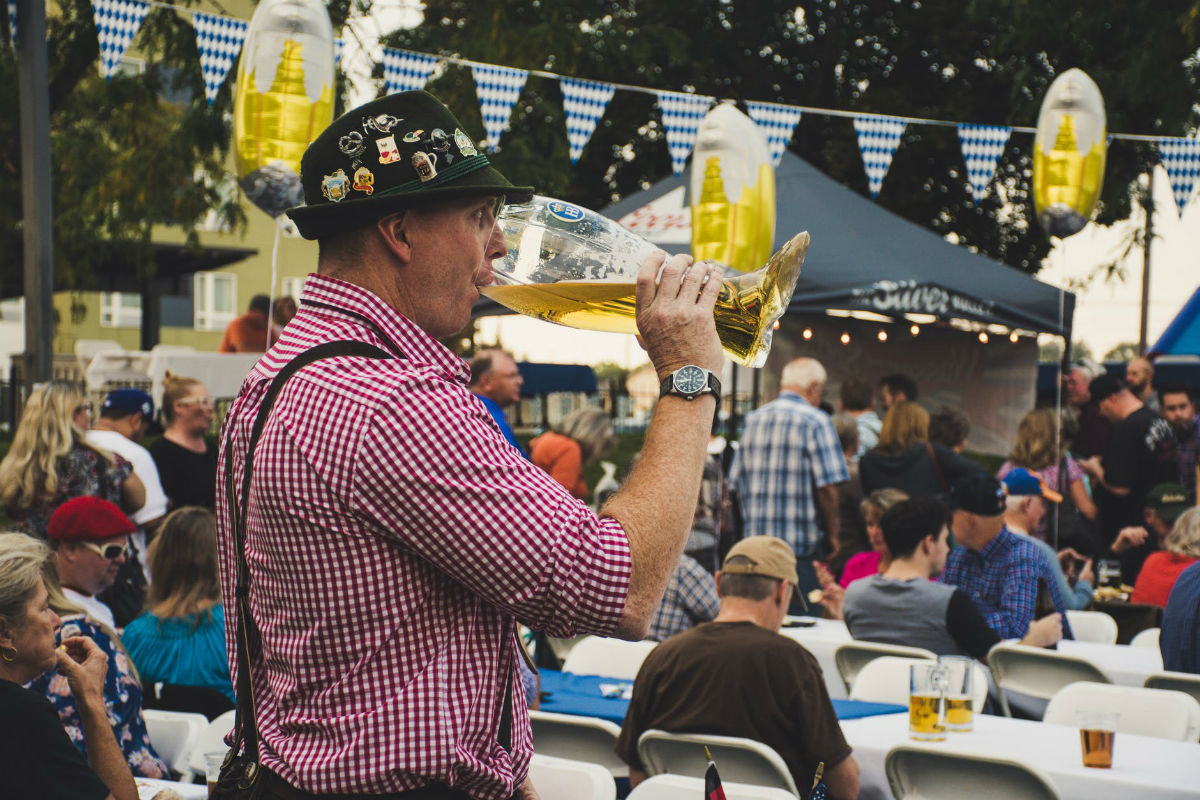
One of the largest fall celebrations from around the world is Munich, Germany’s Oktoberfest, which lasts for sixteen to eighteen days. This Volksfest falls from mid to late September until early October, with approximately six million visitors per year. Aside from consuming liters of beer and digging in on grilled sausages, giant pretzels, and chickens, those who attend this grandiose fest can also enjoy fairground attractions, spectacular rides, and colorful parades.
The history of this celebration dated back to October 1810, when Crown Prince Ludwig of Bavaria and Princess Therese of Saxony-Hildburghausen got married. In honor of their wedding, the burghers or citizens of Munich, Germany, were invited in the merriment for five full days. During these days, people feast, drink, enjoy parades, and witness horse races.
4. Celebrating Lives on Dia de Los Muertos in Mexico
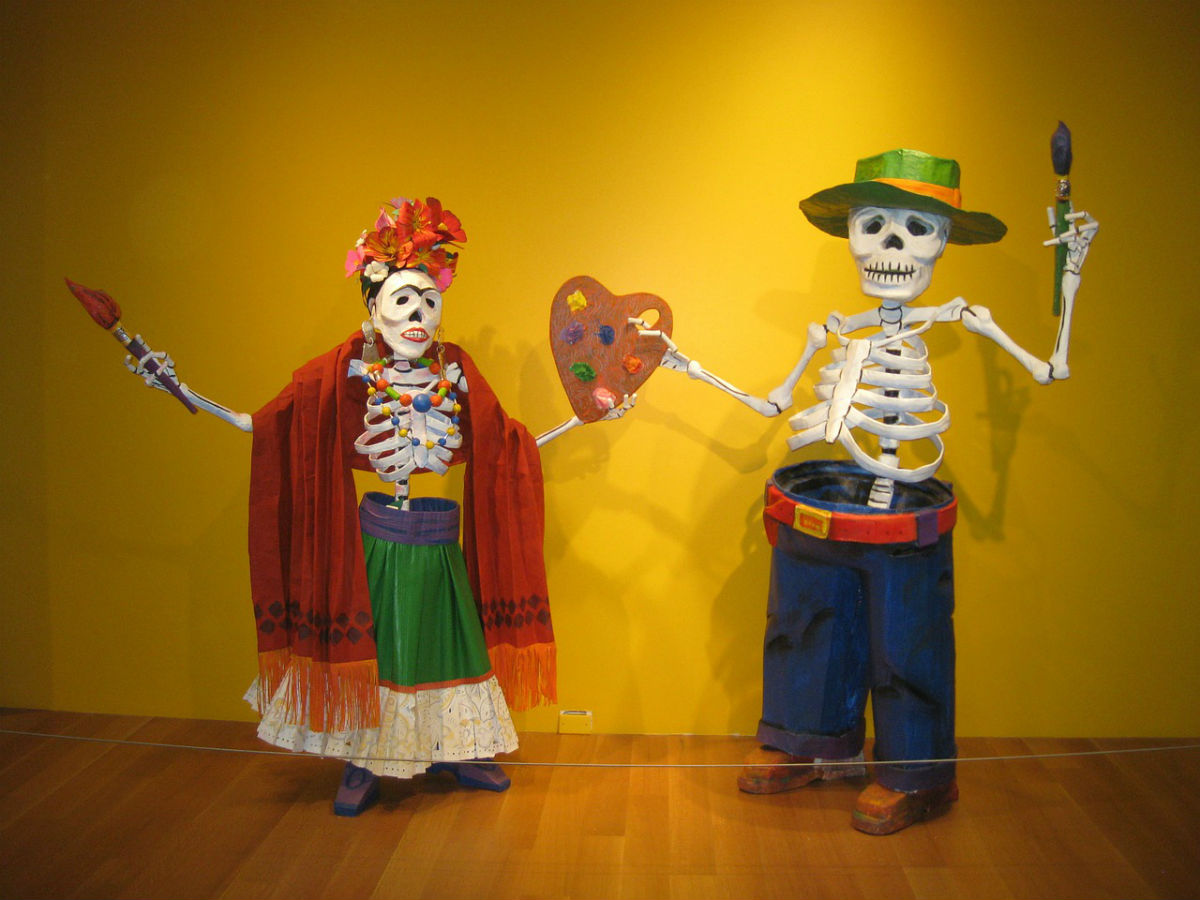
The direct translation of Day of the Dead, Dia de Los Muertos is a Mexican holiday intended to celebrate the lives of the dead. This celebration starts on October 31 and ends on November 2. What makes these days festive is the artistic expression of the living, wherein they don creative costumes, put on colorful makeups, and create vibrant ofrendas or home altars. Yes, the theme for Dia de Los Muertos and Halloween is identical, which is death. But unlike most Halloween traditions like listening to Halloween folktales, we’ll witness an explosion of colors and fun during Day of the Dead as revelers party, parade, sing, dance, and make offerings to show love and respect to their friends and family members who have departed.
5. Witnessing a historical Parade on Jidai Matsuri in Japan
Observed on the 22nd of October every year, Jidai Matsuri is a traditional Japanese festival that commemorates the founding anniversary of the Heart of Japan, Kyoto. The celebration of Jidai Matsuri or the Festival of Ages comes with large parades from the Imperial Palace to Heian Shrine. In this historical parade, the participants wear costumes representing almost every period of Japan’s history, and some dress as famous historical figures in Japan. What’s more interesting is that this festival covers about 1100 years of the country’s rich culture, which means it showcases various eras and themes. If you plan to witness the parade from start to finish, it will take you approximately two hours.
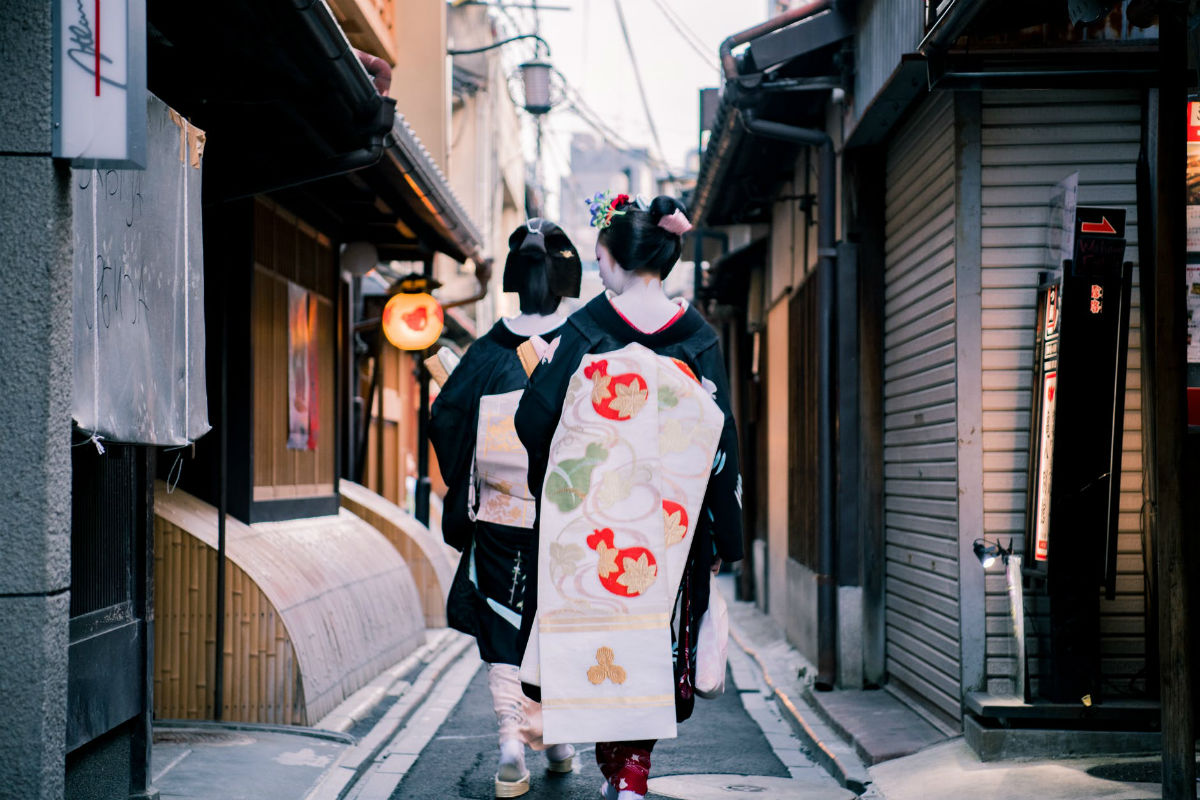
6. Appreciating Art on Nuit Blanche in France
The glows from the establishments and the street lights are the ones that illuminate the city streets at night. But on the evening of the first Sunday of October, people in Paris, France, will see the city in a different and amusing way.
Nuit Blanche or White Night is a contemporary all-night art festival, which highlights the national and international artists’ works of art and crafts. Thanks to the exceptional minds of such artists, the city will be full of art installations, exhibits, scene sets, trails, and concert performances, like a completely different world. Aside from that, people can enter museums, art galleries, and other cultural institutions for free! Nuit Blanche, which is also a part of different traditions in the world, such as Toronto, Barcelona, and Naples, gives the people the chance to see the city from an artist’s perspective.
7. Illuminating the World on Diwali in India
Diwali is a religious holiday, which celebrates the abundance of light over darkness, the triumph of good over evil, and the attainment of knowledge over ignorance. Millions of Hindus, Sikhs, and Jains throughout the world take part in the five-day-long celebration. Depending on the moon’s position, Diwali falls in October or November—marking the beginning of a new year for some religion.
Considered the most important holiday of the year in India, Diwali is the time when people worship Lakshmi for greater blessings and abundance for the new year. Apart from that, their traditions also include the lighting of oil lamps on the streets and houses, having feasts, visiting relatives, and lighting fireworks.
8. Carving a Turkey on Thanksgiving in the United States

Although observed in different countries, Thanksgiving is most popular in the United States. It is a national holiday on the 4th Thursday of November, which people celebrate to thank for the harvest and blessings of the past year. Of course, Thanksgiving will be incomplete without a feast. During this day, holiday food such as roasted turkey, mashed potatoes, pumpkin pie, dinner rolls, and cranberry relish fill the table of almost every household.
Based on historical accounts, the first Thanksgiving was in 1621 when the Plymouth colonists shared a feast with the Wampanoag Native Americans. This is also the year when the Pilgrims (the ones who established the Plymouth Colony) had their first harvest in the New World. In honor of this successful harvest, they spent three days eating, hunting, and having fun. However, Thanksgiving only became an annual celebration after two centuries, and President George Washington only announced the first-ever national Thanksgiving holiday in 1789.
9. Participating in a Festival on Mombasa Carnival in Kenya
Every fall, Mombasa, Kenya, holds a multicultural street party or carnival throughout November. Not only does it celebrate one’s own culture, but also of others who made Mombasa their home for quite some time and leave their cultures behind. This culture-rich festival presents the heritage and traditions of the Chinese, Persians, Europeans, Indians, and more. In the parade, you will see various representations of communities in the form of floats, costumes, music, and dance. Moreover, both traditional and contemporary artists participate in the celebration as an introduction to East Africa’s diversity. And while you’re on the streets of Mombasa, numerous stores offer delicacies and local brews.
10. Releasing a Floating Basket on Loy Krathong in Thailand
Loy Krathong or The Festival of Light is an annual Siamese festival. It takes place on the first full moon on the 12th month of the Thai calendar. The belief that most people hold is that this festival is the time to honor the ancestors and pray to the goddess of water for blessings and guidance in life. For this reason, the Thais release small floating krathongs or vessels with candles in them to the different bodies of water, such as rivers, lakes, ponds, and even manmade swimming pools. Attached to each candle are prayers, wishes, and memories from the person offering it. Furthermore, those who participate in this celebration hold on to hope and light while letting go of their misfortunes as their candles go with the current.
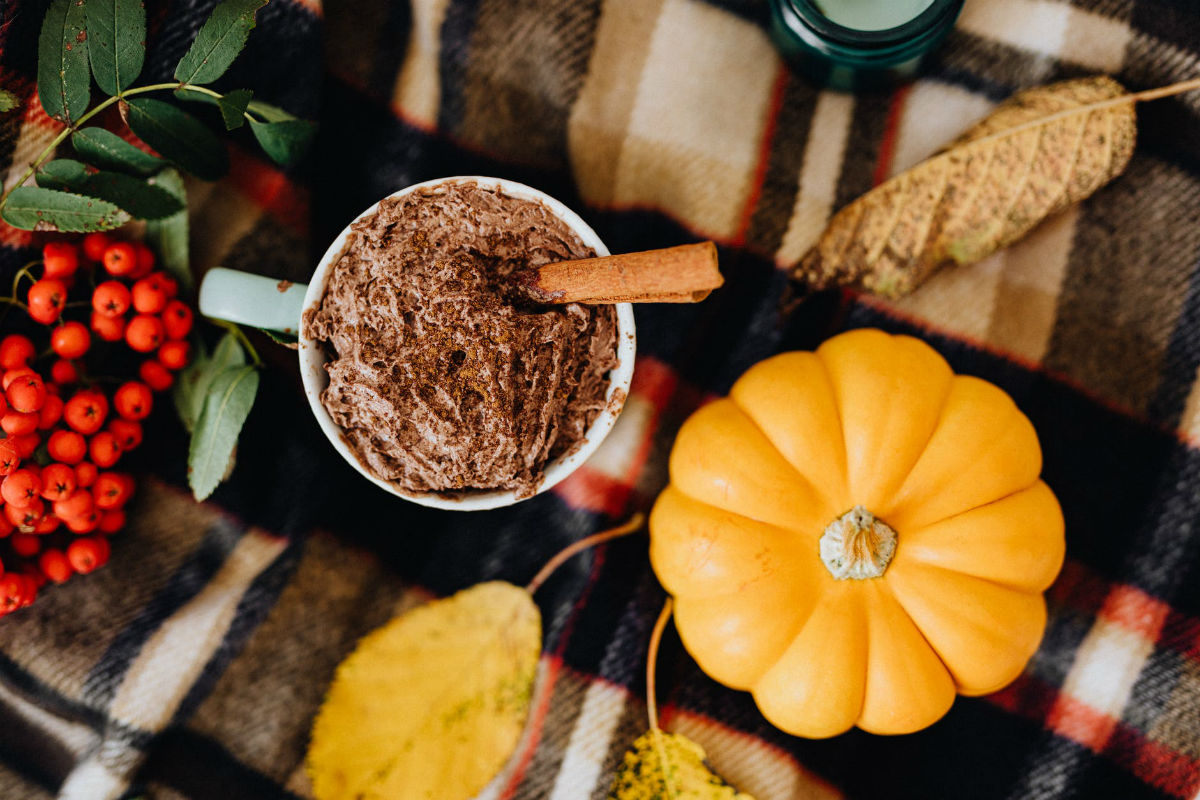
The world has seen the most meaningful and colorful traditions, no matter what season it is. Aside from preserving cultures, traditions bring families together. Thus, strengthening the bond between parents and children. Traveling and learning the customs around the world can be fun.

